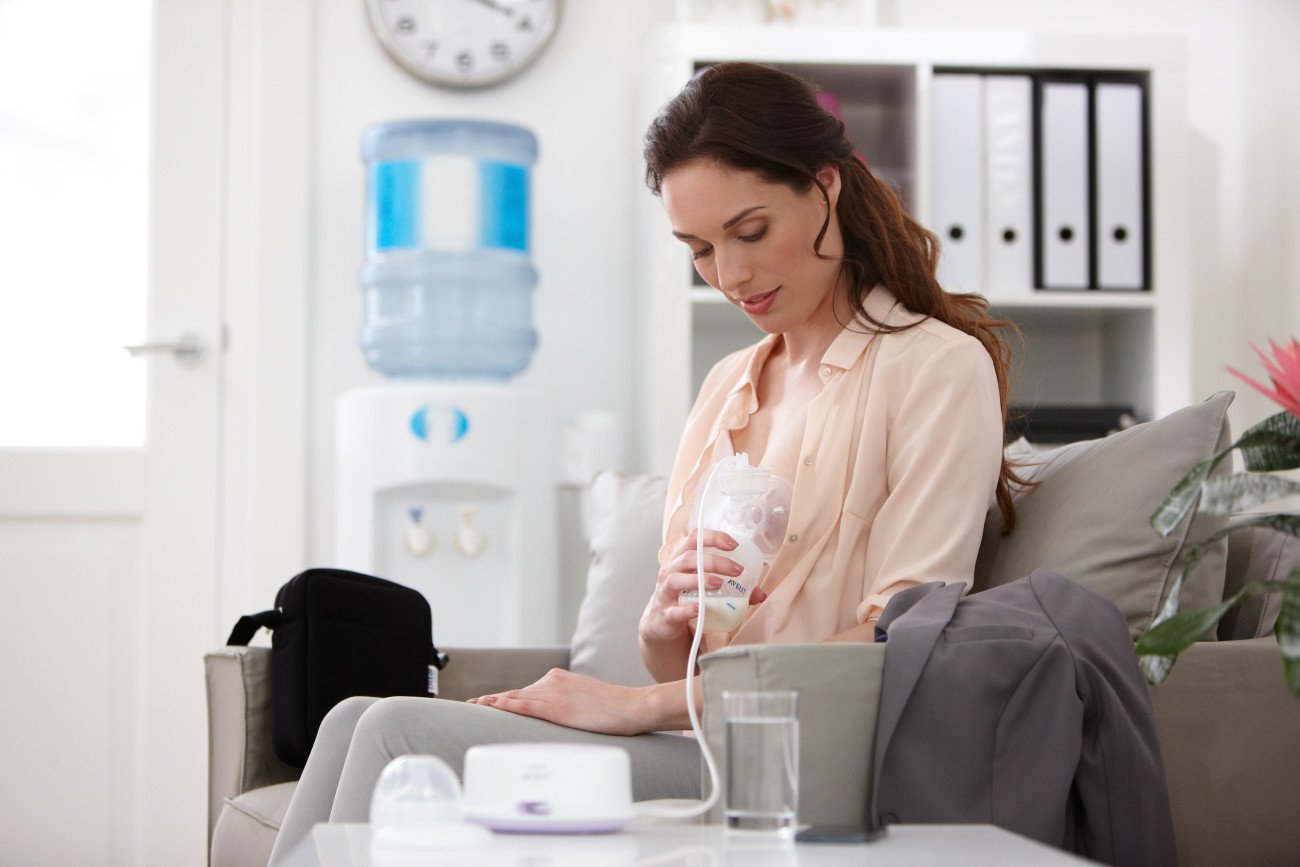Many moms choose wearable breast pumps because they offer more mobility while pumping. This makes it easier to get other tasks done, like making food or doing laundry, while still being able to pump.
However, the type of wearable pump you decide to use will depend on your specific needs and circumstances. Here are some of the most important things to consider when choosing a wearable breast pump:
Cost
Unlike traditional electric pumps that require a plug-in and multiple parts like bottles, tubing, and flange shields, wearable breast pumps fit the entire pump set into a bra insert for discreet, portable, hands-free pumping on-the-go. They offer a much more mobile way to pump, but they do have a learning curve and can drain the battery quickly so getting into a routine of nightly or daily charging is essential.
Many wearable pumps have an app that helps track and record milk volume which is great for breastfeeding moms who need to stay close to their supply goals. They also trade in larger, heavy duty motors for a more compact design to make the pump smaller and lighter.
Keep in mind that most wearable pumps aren’t covered by insurance and can be pricier than traditional models. However, considering the perks that come with them like portability and discreet pumping may make it worth the investment. Look at other perks like the number of settings and intensity options, flange size and bra fit options, extras such as tote bags and batteries, and customer support before making your decision.
Ease of Use
Many wearable breast pumps have a learning curve and can be difficult to set up and use. Check out the instructions and watch videos on YouTube to familiarize yourself with how it works. Also, see if the company offers any customer support to assist with initial start-up and troubleshooting.
Traditional breast pumps are efficient workhorses but come with a lot of parts that need to be carefully cleaned after each pumping session. This includes the bottles, tubing and valve membranes. This can add up in terms of cost and time commitment.
With wearables, all the pumping components are in one portable unit that fits inside your bra. This simplifies the process of setting up, using, and cleaning. Some models even collect and display data from each pumping session which can be a big help for new moms trying to track their milk output. Lastly, some wearables offer hands-free pumping which can provide instant relief from engorgement.
Ease of Cleaning
Unlike traditional pumps that require many parts like valves, membranes, and collection bottles to work well, wearable breast pumps only have a few essential pieces. This makes them a breeze to clean and maintain between uses. You can simply wipe down the pieces with a bottle brush and milk fat eliminating soap or hand-wash them in hot water.
The closed system design of wearable pumps also prevents condensation build-up in tubing and microbial growth, which could negatively impact your pump’s performance over time. In contrast, open-system breast pumps (like those used by hospital-grade pumps) have the potential to harbor bacteria and cause mold, which can affect your baby’s health.
Lastly, wearable breast pumps have smaller collection bottles that are easy to fit into your bra for discreet pumping sessions. This helps you continue working and running errands while still pumping. However, keep in mind that not all wearable pumps have the same suction power as traditional pumps. You may find that you need to use a higher setting for effective milk extraction.
Discreetness
The discreet nature of a wearable breast pump is one of the biggest draws for many breastfeeding moms. It gives them the freedom to pump and go about daily activities like grocery shopping or running errands without having to stop or leave behind their breastfeeding baby.
Having said that, it’s important to note that most wearable pumps are not completely unnoticeable. They have motors that make noise, and they have collection bottles that must be emptied and sterilized after each use.
It’s also important to remember that poorly fitted flanges can compromise the quality of your pumping session and lead to pain or discomfort. For this reason, it’s crucial to have a lactation consultant help you choose the right fit for your body.

